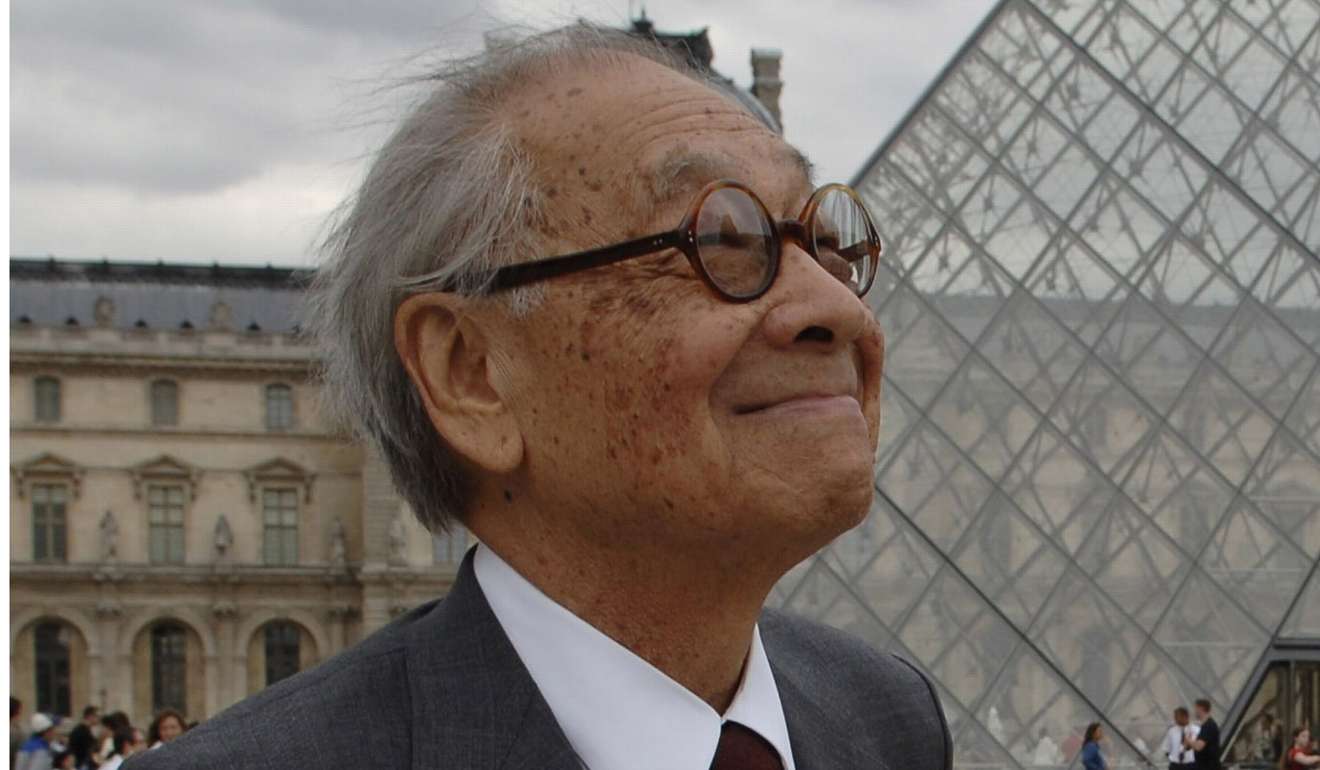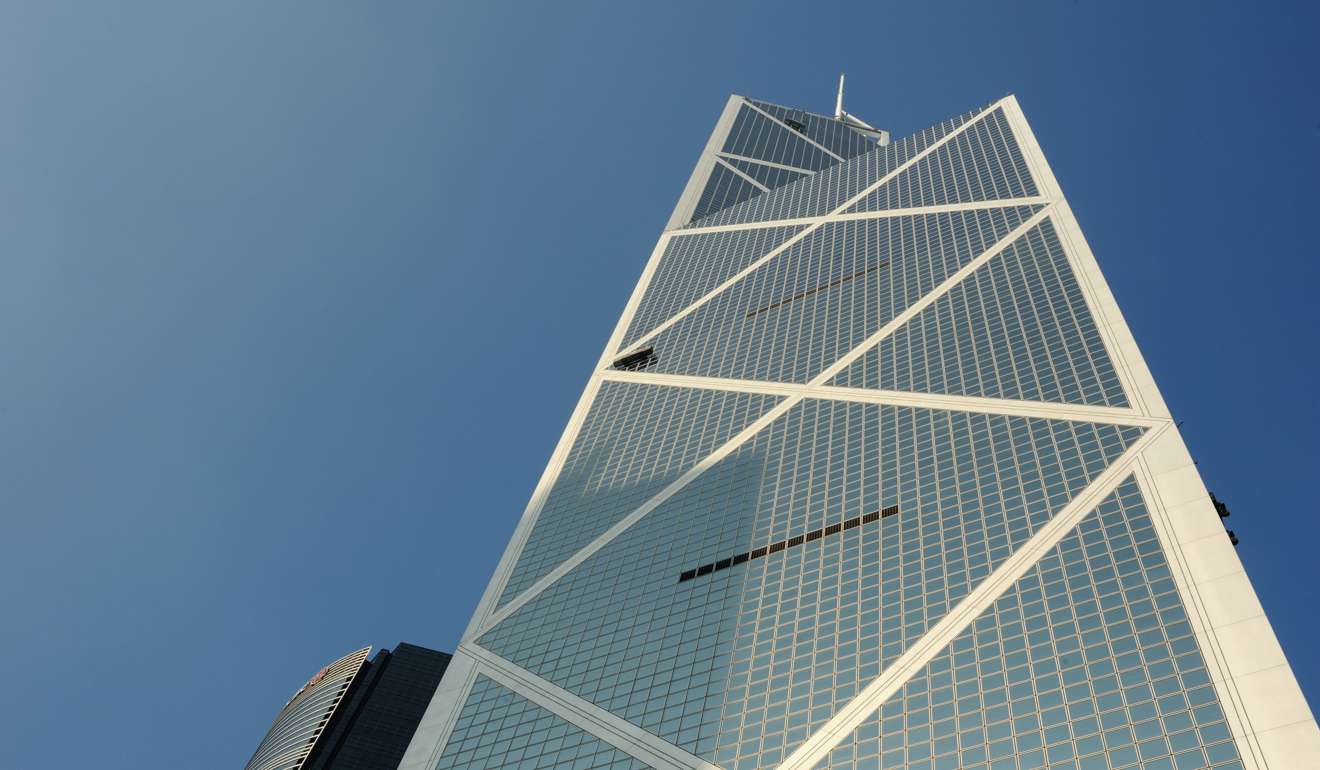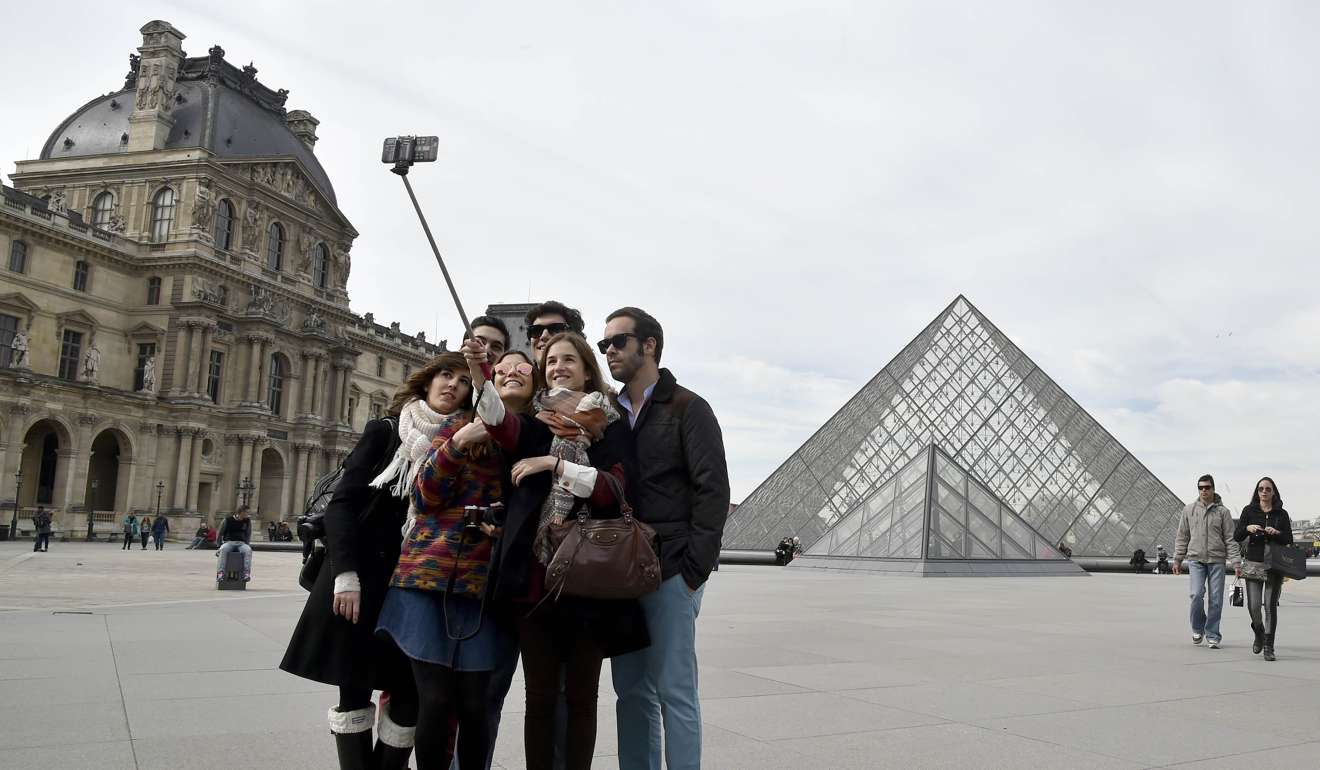Life of Pei: creator of famous Louvre pyramid survived the critics, and today he turns 100
Iconoclastic Chinese-American architect I.M. Pei endured a roasting before the giant glass structure opened in 1989, with up to 90 per cent of Parisians said to be against the project at one point
PUBLISHED : Tuesday, 25 April, 2017, 4:28pm
UPDATED : Wednesday, 26 April, 2017, 8:43am

27 Jan 2019
The modernist architect I. M. Pei, who was once pilloried for plonking a glass pyramid into the courtyard of the Louvre, turns 100 Wednesday with his controversial creation now an icon of the French capital.
SCMP TODAY: HK EDITION
The Chinese-American designer endured a roasting from critics before the giant glass structure opened in 1989, with up to 90 per cent of Parisians said to be against the project at one point.
“I received many angry glances in the streets of Paris,” Pei later said, confessing that “after the Louvre I thought no project would be too difficult.”
Yet in the end even that stern critic of modernist “carbuncles”, Britain’s Prince Charles, pronounced it “marvellous”.
And the French daily Le Figaro, which had led the campaign against the “atrocious” design, celebrated its genius with a supplement on the 10th anniversary of its opening.
Pei’s masterstroke was to link the three wings of the world’s most visited museum with vast underground galleries bathed in light from his glass and steel pyramid.
It also served as the museum’s main entrance, making its subterranean concourse bright even on the most overcast of days.

Pei, who grew up in Hong Kong and Shanghai before studying at Harvard with the Bauhaus founder Walter Gropius, has won numerous prestigious awards for his work, including the Medal of Freedom by President George H. W. Bush in 1993 and the Lifetime Achievement Award from the Smithsonian Institution’s Cooper-Hewitt National Design Museum in 2003.
His celebrated architectural projects include hotels, hospitals, schools, government buildings and dozens of museums and cultural centres around the world, such as the Bank of China Tower in Hong Kong and the Rock and Roll Hall of Fame in Cleveland, Ohio.
But at the time in France, Pei was not the most obvious choice for the Louvre job, having never worked on a historic building before.
But the then French president Francois Mitterrand was so impressed with his modernist extension to the National Gallery of Art in Washington DC that he insisted he was the man for the Louvre.
The Socialist leader was in the midst of attempting to transform Paris with a series of architectural “grands projets” that included the Bastille Opera and the Grand Arch of La Defense.

Already in his mid-60s and an established star in the United States for his elegant John F. Kennedy Library and Dallas City Hall, nothing had prepared Pei for the hostility of the reception his radical plans would receive.
He needed all his tact and dry sense of humour to survive a series of encounters with planning officials and historians.
One meeting with the French historic monuments commission in January 1984 ended in uproar, with Pei unable even to present his ideas.
“You are not in Dallas now!” one of the experts shouted at him during what he recalled was a “terrible session”, where he felt the target of anti-Chinese racism.
Not even Pei’s winning of the Pritzker Prize, the “Nobel of architecture” in 1983, seemed to assuage his detractors.

Jack Lang, who was French culture minister at the time, said he is still “surprised by the violence of the opposition” to Pei’s ideas.
“The pyramid is right at the centre of a monument central to the history of France (the Louvre is the former palace of the country’s kings.)
“The project also came at a time of fierce ideological clashes” between the left and right, he added.
The Louvre’s then director, Andre Chabaud, resigned in 1983 in protest at the “architectural risks” Pei’s vision posed.
The present incumbent, however, is in no doubt that the pyramid is a masterpiece that helped turn the museum around.
Jean-Luc Martinez is all the more convinced of the fact having worked with Pei over the last few years to adapt his plans to cope with the museum’s growing popularity.

Pei’s original design was for up to two million visitors a year. Last year the Louvre welcomed nearly nine million.
For Martinez the pyramid is “the modern symbol of the museum”, he said, “an icon on the same level” as the Louvre’s most revered artworks “the Mona Lisa, the Venus de Milo and the Winged Victory of Samothrace”.
Pei is not alone in being savaged for changing the cherished landscape of Paris.
In 1887, a group of intellectuals that included Emile Zola and Guy de Maupassant published a letter in the newspaper Le Temps to protest at the building of the “useless and monstrous Eiffel Tower”, an “odious column of sheet metal with bolts.”
This article appeared in the South China Morning Post print edition as: Louvre pyramid creator
沒有留言:
張貼留言